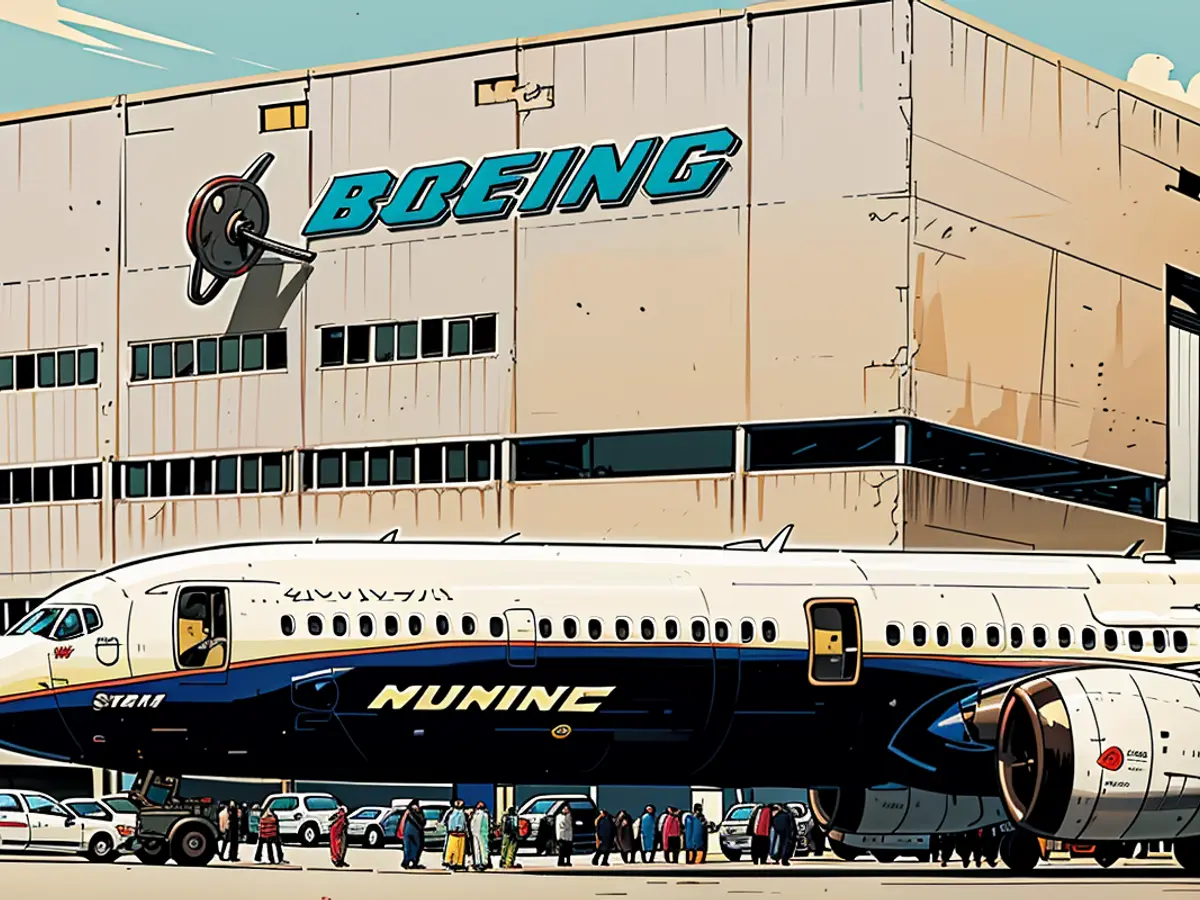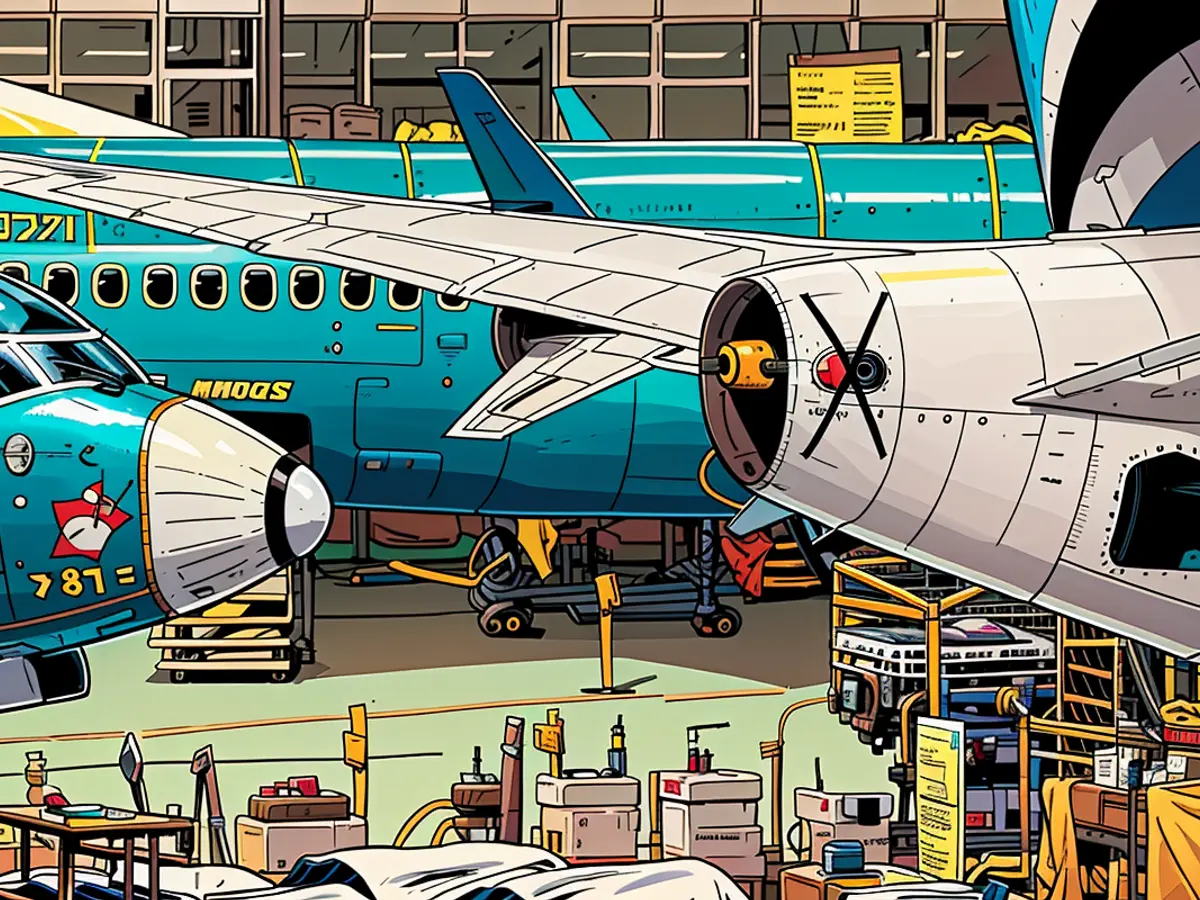Governor of New York claims congestion pricing would harm the economy; companies hold a different opinion.
Gov. Kathy Hochul recently put a halt to New York's congestion pricing plan, citing economic concerns and the potential for undesirable repercussions. This decision may deter some from visiting Midtown for Broadway performances or dining, but one should consider the negative effects of traffic congestion and air pollution.
This policy, aimed to improve the environment and public transport systems, could potentially bring about a $1 billion annual revenue. However, it could also create a minor inconvenience for drivers in suburban areas who feel entitled to own cars and believe Manhattan's limited spaces should not be restricted by tolls.
Congestion pricing, successfully implemented in cities like Singapore, London, and Stockholm, entails a $15 fee for entering Manhattan's busiest areas, which are below 60th Street, during peak hours. Employing this fee would fund improvements to New York's relied-upon bus and subway systems, helping millions of commuters every day. As someone who relies on public transit, envision better infrastructure, like functioning signaling systems, which would be a welcome change.
Hochul explained her concerns regarding the financial strain on lower-income families, claiming that congestion pricing could impact their budgets. This is accurate, but it's important to note that middle- and upper-class people are the ones primarily using their cars to travel to Midtown during office hours. Furthermore, emergency vehicles are excluded from this fee, so first responders, teachers, and other essential workers would not face any difficulties.
However, the potential economic impact on businesses is significant, as Kathryn Wylde, President and CEO of the Partnership for New York City, a group representing many local businesses, points out. The loss of the estimated $20+ billion in lost productivity, overtime, and additional expenses due to traffic congestion dwarfs the $1 billion in annual revenue congestion pricing could provide.
The halt in this policy also attracted disapproval from advocacy groups like Transportation Alternatives. They described Hochul's postponement as "a slap in the face" to the millions of New Yorkers who depend on functioning public transport options. Therefore, commuters dealing with delayed trains, traffic-strapped buses, or subway stations lacking essential facilities like elevators should remember to hold Hochul responsible for these issues.
It's crucial to acknowledge that these changes may be more politically motivated than they are economically necessary. NYC's suburban areas, like the Hudson Valley and Long Island, are crucial for Democratic growth during this election cycle, and Hochul appears to be accommodating their concerns.
Read also:
Companies in New York City strongly advocate for the implementation of congestion pricing, as they believe it can alleviate traffic congestion and improve the city's public transportation system. Despite Governor Hochul's concerns, this policy has the potential to generate significant revenue for infrastructure improvements, benefiting businesses dependent on efficient transportation.







